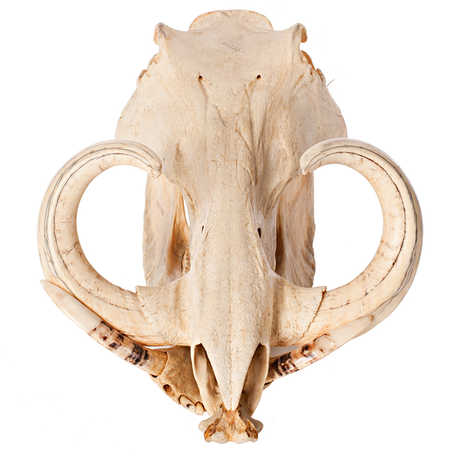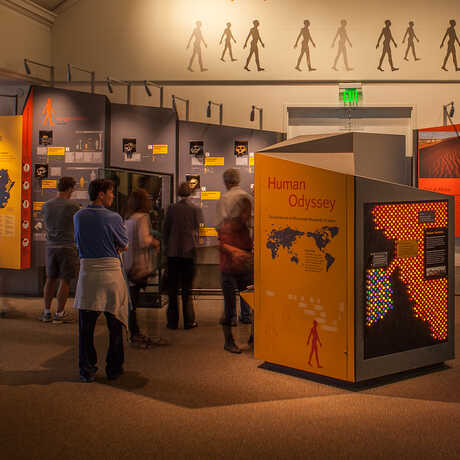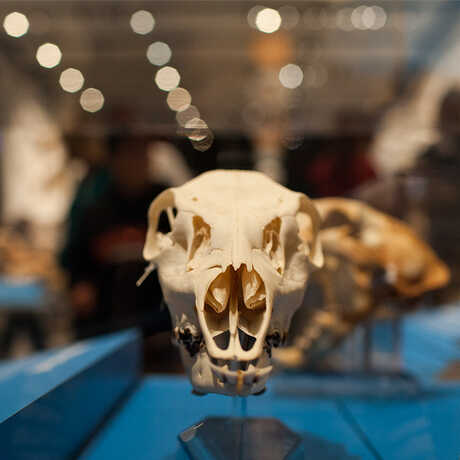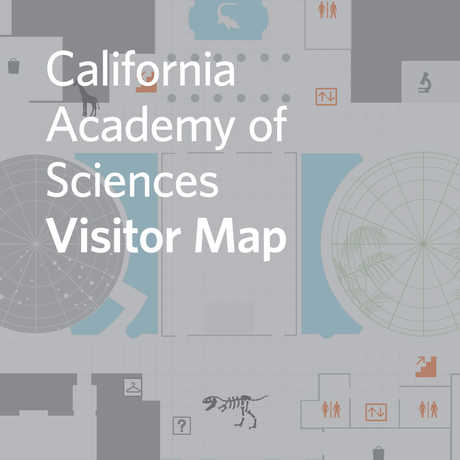Visit an aquarium, planetarium, rainforest, and natural history museum—all under one living roof.

Skulls tell a tale of evolutionary change for all vertebrates, and humans are no exception. In the Skulls exhibit, three sets of skulls tell the story of our species, from our closest living relative, the chimpanzee, to Australopithecus afarensis—our distant, upright-walking ancestor. Compare those skulls to that of a modern Homo sapiens—to reveal differences and similarities in how each species walked, ate, and learned—and you may just find yourself pondering what our skulls might look like in another million years.
Share This
Academy scientists partnered with Google to image specimens from our research collections using an advanced, automated 3D technique. The results? Jaw-dropping.

For more than 60 years, Academy field associate Raymond Bandar (1927-2017) collected thousands of skulls. In a ten-case display curated by “Bones” Bandar himself, visitors to the Naturalist Center can explore a variety of skulls featuring curious traits and abnormalities.



